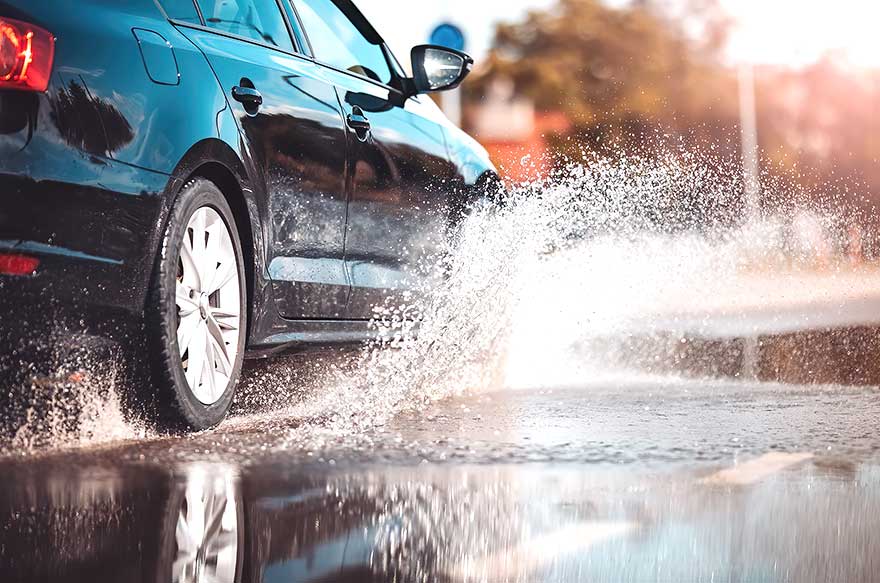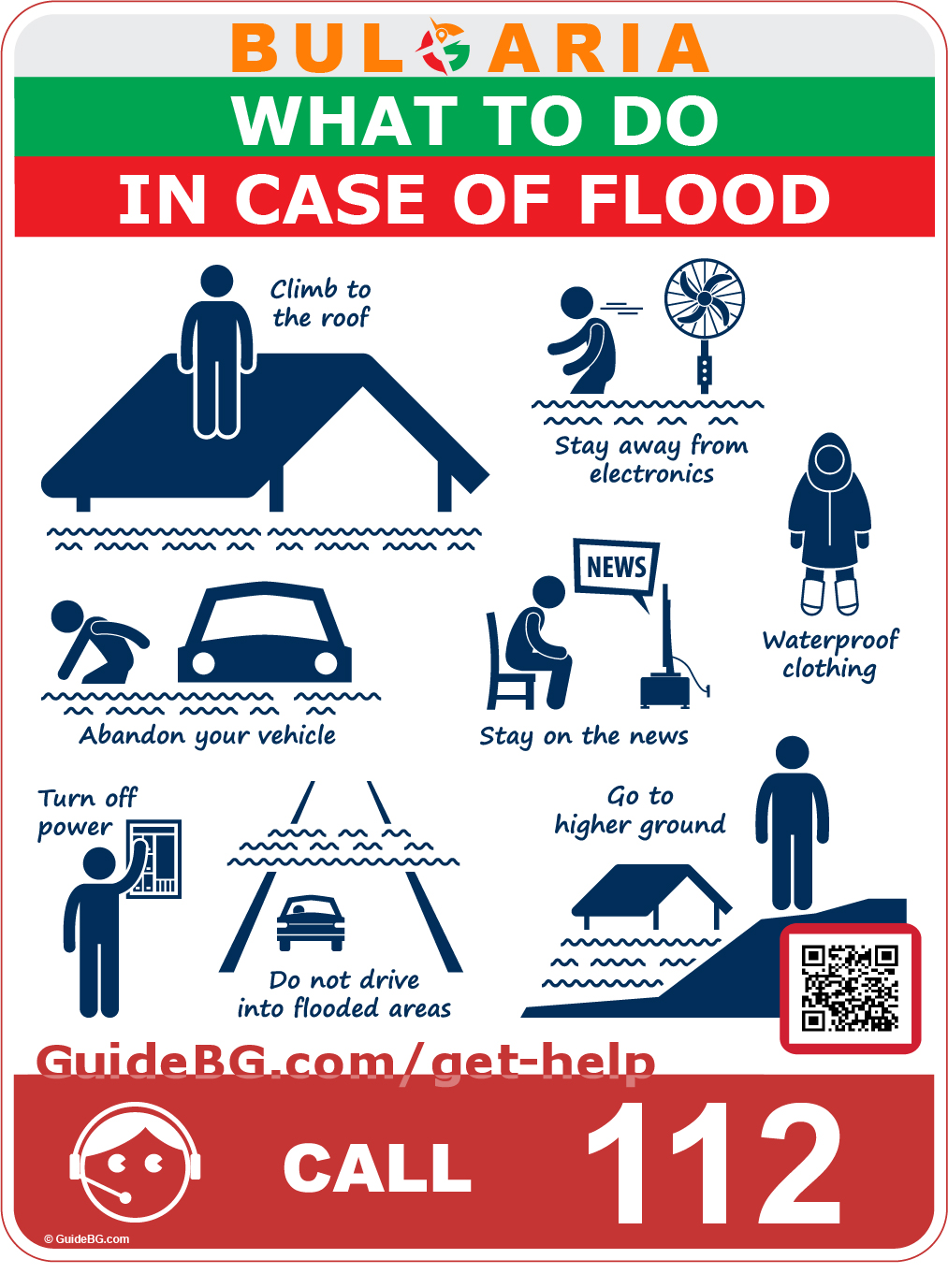Here are our expert tips for driving in heavy rain:
- Slow down: The most important thing to do when driving in heavy rain is to slow down. Wet roads reduce traction, so you must reduce your speed to give yourself more time to react to any hazards.
- Turn on your headlights: Use your headlights to increase your visibility to other drivers.
- Use your windshield wipers: Keep your windshield wipers on to help clear rainwater from your windshield. Avoid driving fast through puddles close to pedestrians or cyclists, as this could create a spray that temporarily reduces visibility for others. Additionally, be aware of spray from lorries and other fast-moving vehicles, as it could reduce visibility. It’s essential to be considerate about your actions and their potential impact on others.
- Keep a safe distance: Increase the distance between you and the car in front of you to give yourself more time to react to any hazards.
- Please do not use the cruise control function: It’s best to avoid using cruise control in heavy rain, as it can cause your tires to lose traction.
- Don’t drive through floodwaters: If you come across a flooded road, it’s best to turn around and find an alternative route. Floodwaters can be deeper than they appear, and driving through them can be dangerous. Flooded roads can mask potholes and uneven surfaces.
- Use lower gears when driving up hills: When driving up a hill, use a lower gear to help your tires maintain traction.
- Hydroplaning and how to avoid it: Hydroplaning occurs when a layer of water on the road surface separates the tires from the road, causing the vehicle to lose traction and skid. Here are some tips to avoid hydroplaning:
- Reduce Speed: Lowering your speed in wet conditions is the most effective way to prevent hydroplaning, as it decreases the amount of water that needs to be displaced by your tires.
- Maintain Tires: Ensure your tires are properly inflated and have adequate tread depth to enhance their ability to disperse water and maintain contact with the road surface.
- Avoid Puddles: Stay clear of standing water and puddles where possible, as these areas are more likely to cause your vehicle to hydroplane due to the increased water volume under the tires.
- Downed power lines: To avoid electric shock, do not simultaneously touch the vehicle and the ground and jump out of the car without simultaneous contact. If escape is necessary, land with feet together and shuffle or hop away to minimize the electric current path and reduce injury risk. Learn more!




